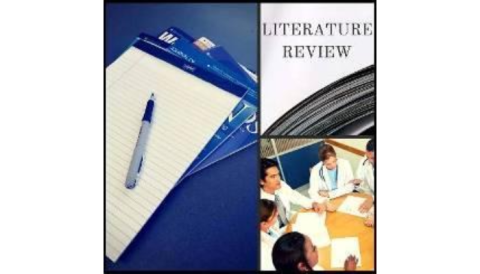Review: Does MicroRNA-15b Impair Angiogenesis in Diabetic Wounds?
January 7, 2016
Temple University School of Podiatric Medicine Journal Review Club
Editor's note: This post is part of the Temple University School of Podiatric Medicine (TUSPM) journal review club blog series. In each blog post, a TUSPM student will review a journal article relevant to wound management and related topics and provide their evaluation of the clinical research therein.
Article title: The Role of MicroRNA-15b in the Impaired Angiogenesis in Diabetic Wounds.
Authors: Junwang Xu, PhD; Carlos Zgheib, PhD; Junyi Hu, MD, BS; Liping Zhang, MS; Kenneth W. Liechty, MD.
Journal name and issue: Wound Repair and Regeneration, September-October 2014 (pages 671-677).
Reviewed by: Jonathan Dillard, Temple University School of Podiatric Medicine Class of 2017.
Introduction
A key underlying pathogenesis of the impaired healing of diabetic wounds is inadequate angiogenesis. Decreased angiogenesis limits the recruitment of key inflammatory cells and thus leads to reduced production of chemokines which are essential for wound repair. Previous human and animal model studies have demonstrated that microRNA-15b plays a significant role in the regulation of angiogenesis. More specifically, microRNA-15b has been described as a key negative modulator in angiogenesis and its dysregulation has been shown in many diseases. The authors of this study examine microRNA-15b and its potential role in the impaired angiogenic response seen in diabetic wounds. They also attempt to correct the diabetic wound healing response with a treatment using mesenchymal stem cells (MSCs).
Materials and Methods
Two groups of mice were studied; one being homozygous for the Lepr mutation (db/db) and the other being non-diabetic heterozygous littermates (db/+). Each mouse was given a dorsal full-thickness wound with an 8mm punch biopsy. A full-thickness skin area, including the wounded area, was harvested on days 1, 3, 7, 14, and 21 after surgery. The size of each wound was measured every other day by the same observer. The authors of the study analyzed tissue samples from 0, 1, 3, 7, 14, and 21 days post-wounding. Using real-time quantitative polymerase chain reaction (PCR), they measured the microRNA-15b levels in the db/db (diabetic) and db/+ (non-diabetic) wounds. With respect to the MSC treatment, the same full-thickness 8mm wounds were created and the db/db and db/+ wounds were treated with either MSCs or phosphate-buffered saline (control). Real time quantitative PCR was performed on the tissue samples and relative gene product levels were reported for each gene including BCL-2, HIF-1α and VEGFα as well as microRNA-15b levels.
Results
At 5 days after wounding, the wound surface area of diabetic wounds was 70.0±3.4mm² compared to 46.3±4.9mm² for non-diabetics. At 7 days, diabetic wounds measured 63.3± 4.5mm² and 35.1± 3.8mm² for non-diabetics. Comparing the wound closure time, the diabetic group was 19 days whereas the non-diabetics were 14 days. microRNA-15b levels were significantly increased in the diabetic group when compared to the non-diabetic group at 1, 3, and 7 days following wounding. The MSC treatment revealed a significant decrease in miR-15b expression levels at days 3 and 7 when compared to the control group. Additionally, proangiogenic gene products of BCL-2, HIF-1α and VEGFα were significantly increased in the MSCs treatment group.
Discussion
This study demonstrated that microRNA-15b levels are significantly higher in diabetics during wound healing and was correlated to decreased levels of proangiogenic genes BCL-2, HIF-1α and VEGFα. Therefore, microRNA-15b levels may serve as a useful angiogenic marker in diabetic wounds. The authors also provide evidence that MSCs decrease microRNA-15b levels and thus can serve as a possible treatment to positively affect the angiogenic response in diabetic wound healing.
About the Authors:
Jonathan Dillard is a third year podiatry student at Temple University in Philadelphia, Pennsylvania. He is an officer of the student chapter of ACFAS and the Journal Society at TUSPM. He also served as the Class Vice President during his first year of school at TUSPM.
Dr. James McGuire is the director of the Leonard S. Abrams Center for Advanced Wound Healing and an associate professor of the Department of Podiatric Medicine and Orthopedics at the Temple University School of Podiatric Medicine in Philadelphia.
The views and opinions expressed in this blog are solely those of the author, and do not represent the views of WoundSource, HMP Global, its affiliates, or subsidiary companies.










Follow WoundSource
Tweets by WoundSource